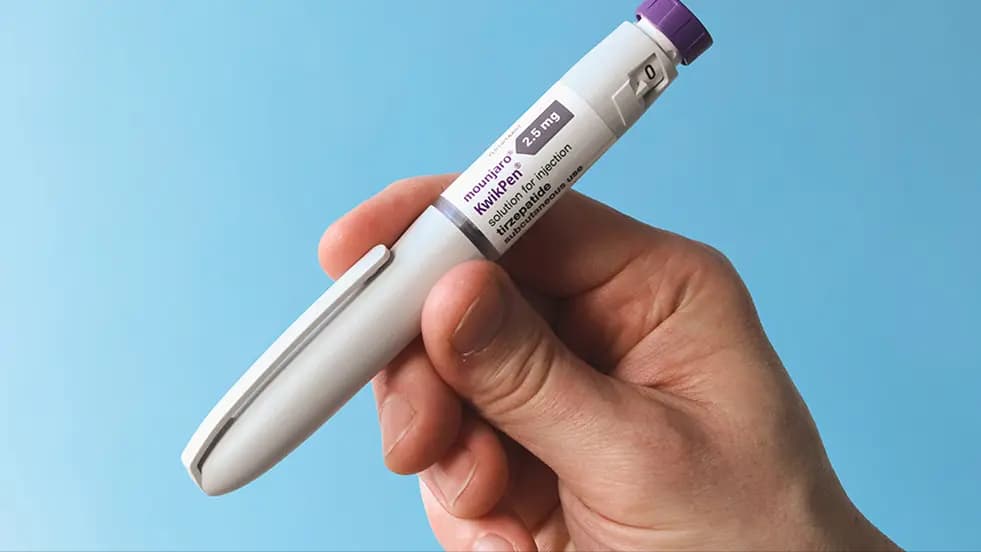Your weight loss guide

Switching between medications
Find out how to switch between Mounjaro and Wegovy safely and with confidence.

Getting started with weight loss treatment
Learn how these medications work and what to expect in the first few weeks.

Using Mounjaro
Get guidance on preparing, administering and maintaining your Mounjaro treatment.

Using Wegovy
Get guidance on preparing, administering and maintaining your Wegovy treatment.